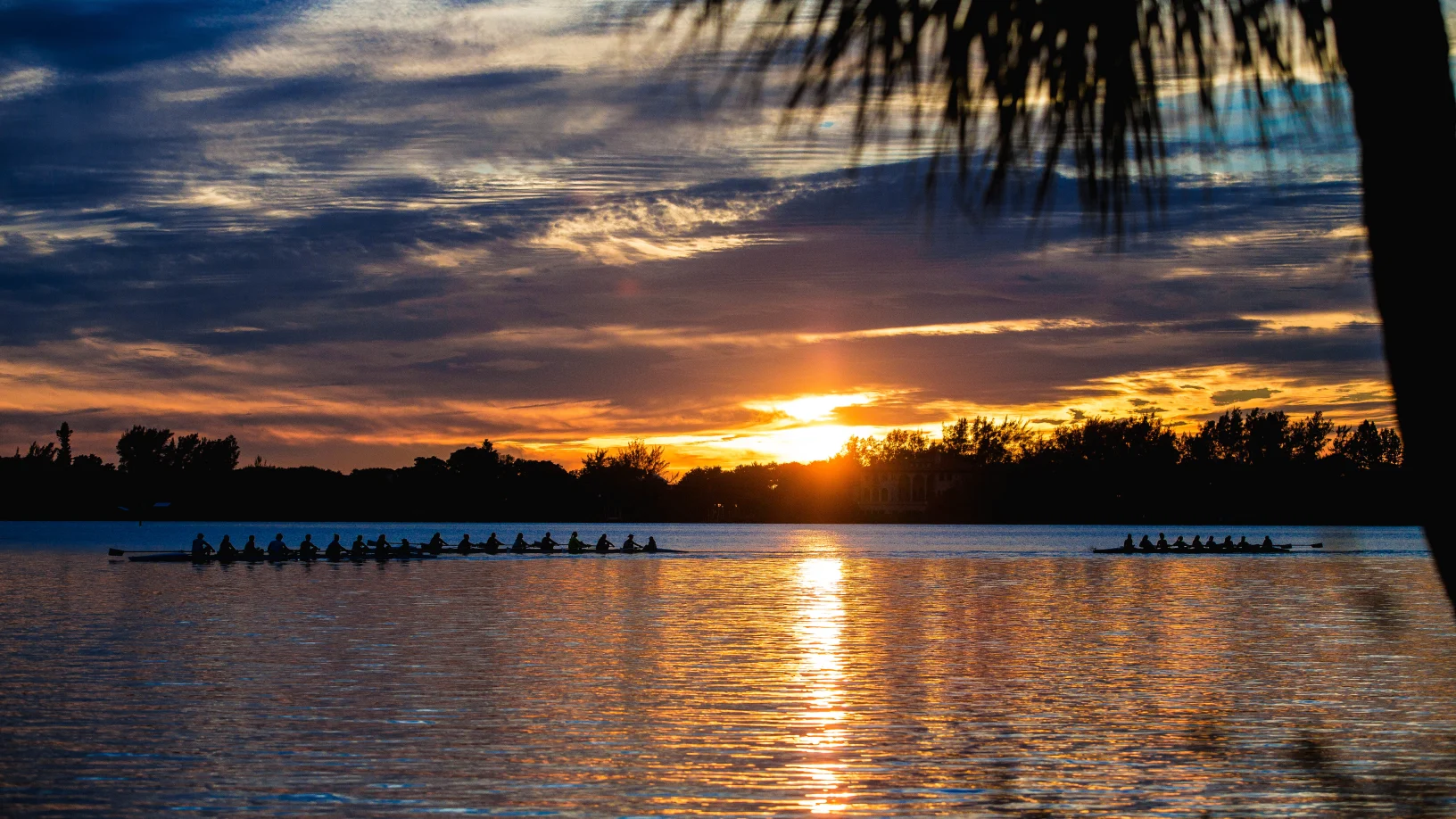Conservation funding programs protect land that offers exceptional public benefits — like parks and public lands, productive farms and ranches, healthy watersheds and vital wildlife habitat.
The Land Trust Alliance leads efforts in Washington, D.C., to maintain and increase public funding for land conservation.
Federal conservation funding resources
Government programs can help you fund land acquisition, stewardship and other program activities. Find the right match for your land trusts and learn to navigate these specialized programs.
The value of conservation
A range of federal programs fund purchases and bargain sales of either land or conservation easements. For many landowners, donated easements are simply not a realistic option, so public funding is necessary to protect important resources. In most cases, federal funding for conservation is highly leveraged by contributions from local or state governments, nonprofit fundraising and landowners’ generosity.
With the passage of legislation like the Great American Outdoors Act and the Infrastructure Investment and Jobs Act, we’ve seen meaningful increases in conservation funding. However, federal spending on land, water, ocean and wildlife programs remains a tiny percentage of the federal budget and demand for these programs far exceeds funding.
Public funding for land conservation brings an impressive return on investment. Our natural resources provide immense benefits like clean water, food security, flood control, outdoor recreation, public health, educational opportunities and so much more. They also help to grow our economy. According to the Bureau of Economic Analysis, outdoor recreation activities contribute a total of $778 billion annually to the economy while supporting 5.2 million American jobs.
Federal land conservation programs
The Alliance focuses on federal programs that support land conservation, including:

Farm Bill
By far the largest source of federal funding for private land conservation, the 2018 Farm Bill supported conservation easements on farm and ranch land, grasslands, wetlands and forests. It also funded conservation partnerships and sustainable land management practices. On December 20, 2018, the 2018 Farm Bill was signed into law.

Land and Water Conservation Fund
This program creates parks and public lands using revenues from offshore oil drilling. Its legacy is outstanding: Millions of acres of protected land and water enjoyed by more than 500 million people every year. On August 4, 2020, the Great American Outdoors Act was signed into law. The legislation provides full and dedicated funding for the LWCF meaning $900 million per year will be committed to protect important land, water and recreation areas.

North American Wetlands Conservation Act
Programs authorized by the North American Wetlands Conservation Act protect wetlands and other migratory bird habitat through grants that match every federal dollar with $3.20, on average.

Forest Legacy Program
America is losing more than half a million acres of private forest land every year. This program preserves environmentally significant forests by funding conservation easements or land purchases by the U.S. Forest Service and state governments.

National Coastal Resilience Fund
This annual grant program, administered by the National Fish and Wildlife Foundation in coordination with the National Oceanic and Atmospheric Administration, funds conservation and restoration projects in coastal regions to enhance resilience.